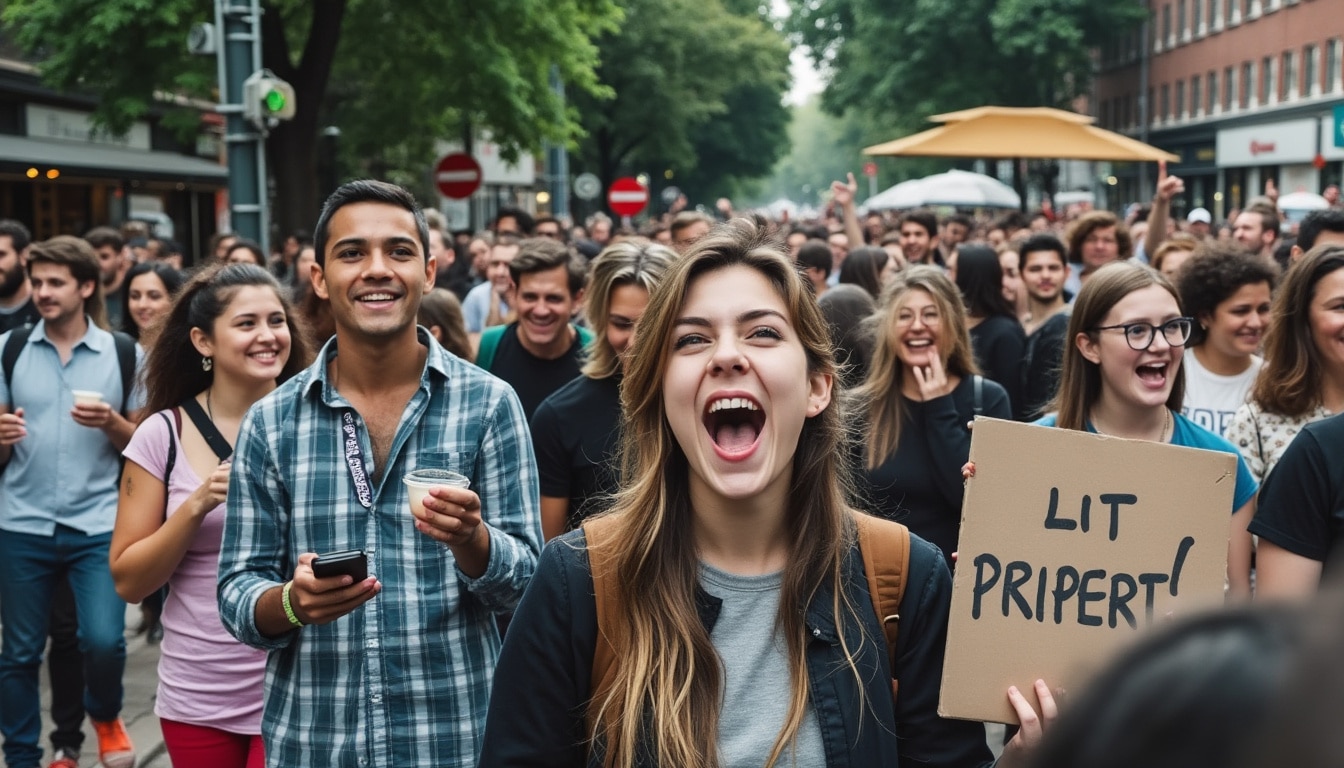Ho Chi Minh City, a vibrant metropolis and the economic heart of Vietnam, is a melting pot of cultures, ideas, and aspirations. Yet, beneath its bustling streets and modern skyline lie complex layers of social dynamics and discrimination that reflect both historic and modern challenges. This city, like many others, faces a unique blend of social issues that those living in or visiting the city must navigate and understand. From the impact of traditional gender roles to the distinctive challenges faced by migrant workers, Ho Chi Minh City serves as a microcosm of larger social struggles in Vietnam and beyond. Local and international organizations such as Equality Now and Amnesty International often spotlight these issues, advocating for change and compliance with international human rights standards.
Gender Inequality and Cultural Norms in Ho Chi Minh
Gender inequality in Ho Chi Minh City is a multifaceted issue deeply rooted in both cultural norms and historical contexts. Vietnamese society traditionally values men over women, with centuries-old customs reinforcing such attitudes. These entrenched beliefs have been perpetuated by various social and economic structures, affecting women’s participation in different spheres of life, including the workforce, education, and family. While President Ho Chi Minh’s revolutionary ideals included a call for gender equality, the realization of these aspirations remains incomplete in modern Vietnam.
In contemporary Ho Chi Minh City, gender discrimination manifests in subtle yet significant ways. For instance, women, despite being equally educated, often find themselves in roles that are less paid compared to their male counterparts, signifying a persistent gender pay gap. Statistics reveal that women earn on average 14% less than men for similar roles in urban settings. This economic disparity is both a cause and effect of broader gender discrimination issues.
The struggle for gender equality is further intensified by cultural pressures that dictate personal and professional decisions. Women are typically expected to balance career ambitions with family responsibilities more than men, which affects their career progression. Additionally, societal expectations discourage them from pursuing leadership roles, thereby perpetuating a cycle of limited opportunities and representation.
Nevertheless, the city has been witnessing a gradual shift, driven by efforts from local advocacy groups and international organizations such as UN Women and the Global Fund for Women. These organizations are working to dismantle the structural barriers that prevent women from achieving full equality. Initiatives like educational campaigns and empowerment workshops have been instrumental in changing perceptions and providing women with the tools needed to advocate for their rights. Despite these efforts, true gender equality demands widespread cultural change and policy reform.
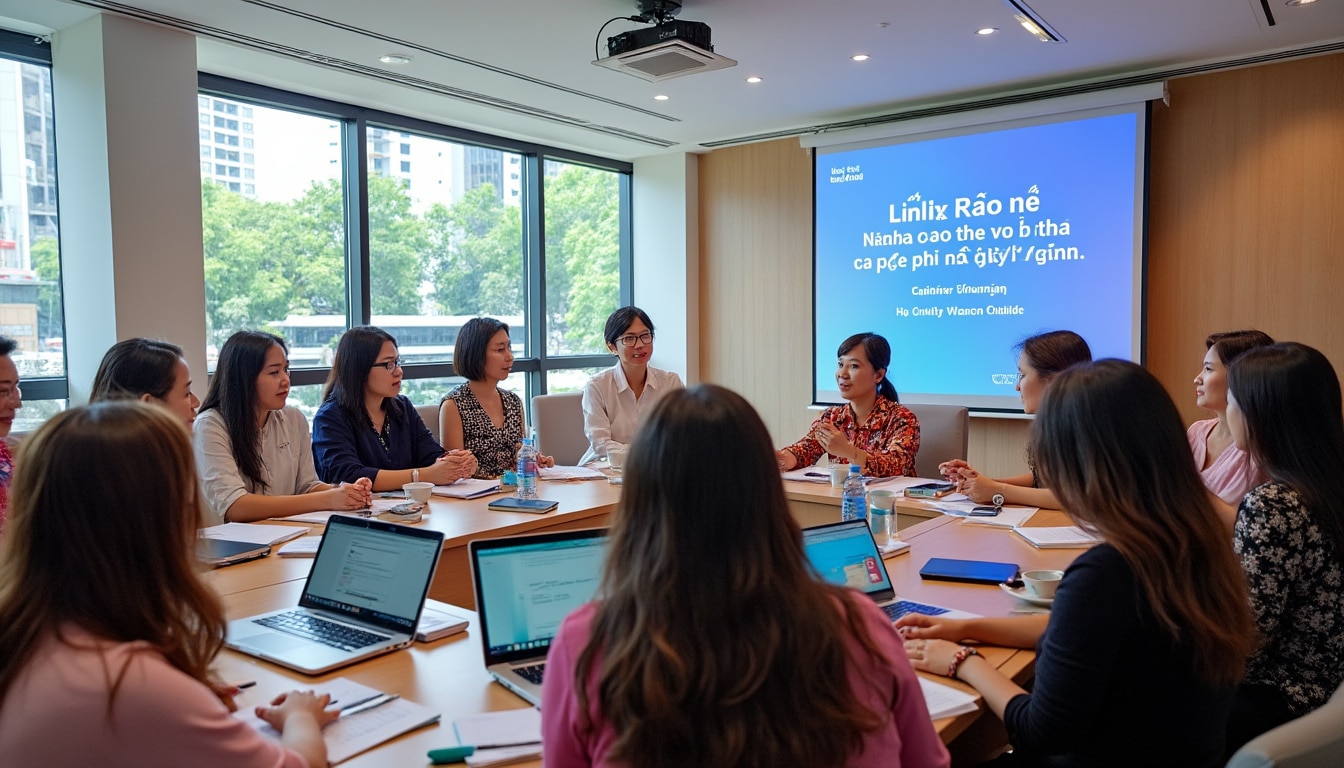
Furthermore, the Vietnamese government has shown a commitment, at least in policy, to improve gender equality with various legal frameworks and national strategies. However, the gap between policy and practice remains a significant hurdle. Effective enforcement against gender-based discrimination calls for more robust mechanisms and public accountability, areas where civil society plays a crucial role.
The push for gender equality is not just a social issue but an economic imperative. Studies have shown that closing the gender pay gap and encouraging female participation in the workforce could boost Vietnam’s GDP by up to 10%. As such, addressing these deep-rooted issues requires a concerted effort from government agencies, the private sector, and civil society alike, fostering an environment where gender equality is not just a policy goal but a lived reality.
Discrimination Against Migrant Workers
Migrant workers in Ho Chi Minh City face numerous challenges, often stemming from systemic and institutionalized discrimination. Migration from rural areas to urban centers like Ho Chi Minh City has long been driven by the pursuit of better economic opportunities. However, this hope is frequently met with harsh realities as migrant workers grapple with social stigma, exploitative working conditions, and restricted access to basic services.
Data indicates that migrant workers typically earn significantly less than local workers, with estimates showing up to a 42% wage gap. This disparity highlights the systemic economic barriers that migrant workers encounter. Often, their employment is in low-skilled, low-wage sectors like construction and manufacturing, where job security is minimal, and workplace safety standards are often overlooked. The lack of a formal contract adds another layer of vulnerability, making it difficult for these workers to claim their rights or negotiate better conditions.
Beyond the workplace, migrant workers face social discrimination that permeates into their daily lives. Many encounter difficulties accessing housing as landlords prefer renting to locals, and prejudice against “outsiders” is a long-standing issue. The limited access to public services, including healthcare and education for their children, exacerbates their precarious living conditions in the city. Despite being the backbone of many economic sectors, these workers often find themselves excluded from the social fabric of the city they help sustain.
Organizations such as Oxfam and the Human Rights Campaign have been vocal about the need for improved policies and protections for migrant workers. They argue for more inclusive labor laws that provide equal rights and opportunities regardless of an individual’s place of origin. Advocacy efforts focus on legislative changes, such as the implementation of fair labor standards and the provision of affordable housing and accessible health services.
The Vietnamese government has acknowledged these issues, with recent policy shifts aimed at integrating migrant workers more fully into the city’s economy and society. Such measures include proposals for legal reforms and programs designed to improve access to essential services. However, these efforts must be paired with public campaigns to reduce stigma and promote inclusivity, ensuring that migrant workers are not only seen as economic contributors but as valued members of society.
The role of community organizations and advocacy groups remains crucial in this context. Empowerment Networks are helping migrant workers to organize, providing them with a platform to voice their concerns and demand change. By fostering solidarity among workers, these networks empower migrants to advocate for their rights effectively, paving the way for a more equitable urban environment.
Ethnic Minority Issues and Inclusion Efforts
Ho Chi Minh City, though not as ethnically diverse as some other global cities, still faces challenges related to ethnic minority inclusion. Ethnic minorities in Vietnam, particularly those from rural areas, often migrate to urban centers in search of education and employment opportunities. However, upon arrival, they frequently encounter a range of barriers, from cultural misunderstandings to institutional discrimination.
For instance, ethnic minorities are often marginalized in the education sector, where language barriers can significantly hinder academic success. Vietnamese is the dominant language of instruction, and those from ethnic minority backgrounds may struggle to keep up, leading to higher dropout rates and lower academic achievements. This educational gap translates into fewer employment opportunities and perpetuates the cycle of poverty among minority populations.
The workplace, too, reflects challenges for ethnic minorities, who may face biased hiring practices and unequal treatment. Ethnic minorities are often funneled into informal or low-skilled jobs with less job security and fewer benefits. This not only limits their economic advancement but also impacts their social inclusion, with many feeling isolated or segregated from the broader community.
Efforts to improve minority inclusion in Ho Chi Minh City are underway. Local government initiatives and efforts by non-profit organizations aim to provide support and resources to ethnic minorities. Programs that focus on bilingual education, vocational training, and cultural exchange are essential in bridging the gap between minority communities and the rest of the urban population.
Prominent organizations like Human Rights Watch and the Equality Federation work tirelessly to highlight the issues faced by ethnic minorities, advocating for policies that promote social justice and equality. Comprehensive strategies that address economic, educational, and cultural needs are crucial for fostering a more inclusive city environment.
While designing and implementing policies is a step in the right direction, real change necessitates an inclusive approach that involves communities in decision-making processes. By empowering ethnic minorities to participate actively in policy dialogues, the city can develop more effective solutions that reflect the needs of all its residents.
The Impact of Urbanization on Social Structures
Urbanization in Ho Chi Minh City has been rapid and complex, reshaping the city’s social structures in profound ways. While it brings economic opportunities and infrastructure improvements, urbanization also exacerbates social inequalities and creates new challenges for the city’s diverse population.
One of the most visible impacts of urbanization is the housing crisis. With land and property prices skyrocketing, many low-income and marginalized families find themselves pushed to the outskirts of the city. Living in peri-urban areas often means limited access to essential services such as public transport, healthcare, and education, contributing to a lower quality of life.
The strain on infrastructure is another critical issue. As the population grows, so does the demand for public services, including waste management, water supply, and public transportation. The rapid pace of urbanization has led to overburdened systems, resulting in inadequate service delivery and increased social tensions.
Socially, urbanization has disrupted traditional family structures and community bonds. As families move to cities in search of better prospects, they often leave behind the extended support networks essential for communal living, leading to increased social isolation, particularly among the elderly and young children.
Moreover, new social divisions emerge, particularly between long-term city residents and newcomers who compete for resources and jobs. This competition sometimes breeds resentment and social discord, necessitating proactive social policies to manage these tensions and promote community cohesion.
Policies aimed at inclusive urban development, such as affordable housing projects and investments in public services, are critical. However, these measures must be complemented by efforts to enhance social cohesion through community development programs and participatory planning processes. Drawing lessons from global examples, urban practitioners increasingly advocate for “smart growth” strategies that prioritize sustainability, equity, and community engagement.
By adopting these principles, Ho Chi Minh City can more effectively manage its urbanization challenges, creating a more equitable environment that benefits all residents. Efforts to integrate social considerations into urban planning ensure that the city’s development is not only economically lucrative but also socially sustainable.
Social Welfare and Mental Health Concerns
In the bustling context of Ho Chi Minh City, social welfare and mental health are interlinked issues that require urgent attention. The pressures of urban living, coupled with economic uncertainty, have led to a significant mental health burden on the city’s residents. Government support systems, designed to alleviate these pressures, are often stretched thin, revealing gaps in coverage and effectiveness.
Despite recent improvements in Vietnam’s healthcare system, mental health services remain underfunded and limited in scope. Only a fraction of the population receives adequate mental health care, and stigma around mental illness persists, preventing many from seeking the help they need. This challenges initiatives by organizations like Health Right International and local mental health advocacy groups, which work tirelessly to address these systemic issues.
Studies show a significant correlation between socioeconomic status and mental health, with individuals in lower-income brackets exhibiting higher rates of mental health issues. This situation is further compounded by inadequate government support, which, although intended to be a safety net, often fails to meet the needs of the city’s most vulnerable. As a result, the burden falls on communities and NGOs to provide supplemental support and advocacy.
The role of community-based mental health initiatives continues to expand. Programs that focus on mental health literacy, stress management, and communal support networks are crucial in breaking down the stigma and encouraging individuals to seek help. Community health workers play a pivotal role in these efforts, acting as a bridge between formal healthcare services and the community.
To effectively address these mental health challenges, policies must focus on both expanding the availability of mental health services and addressing the root causes of mental health issues, such as poverty, social isolation, and discrimination. The integration of mental health into primary healthcare services is a promising approach that ensures mental health care is accessible and destigmatized.
Furthermore, creating a robust support system requires collaboration between the government, NGOs, international organizations, and the private sector. By sharing resources and expertise, these stakeholders can develop comprehensive strategies that address mental health in a holistic manner, ultimately improving the quality of life for all citizens of Ho Chi Minh City.
FAQ on Social and Discrimination Issues in Ho Chi Minh
What are the main social challenges faced by migrant workers in Ho Chi Minh City?
Migrant workers in Ho Chi Minh City primarily struggle with low wages, job insecurity, housing discrimination, and limited access to basic services such as healthcare and education.
How does gender inequality affect women’s participation in the workforce?
Gender inequality often results in women being paid less for equal work, facing cultural pressures that prioritize family over career, and experiencing restricted access to leadership roles.
What steps are being taken to address ethnic minority inclusion?
Programs focusing on bilingual education, vocational training, and cultural exchange are part of efforts to bridge gaps and promote inclusivity for ethnic minorities in the city.
How is urbanization impacting social structures in Ho Chi Minh City?
Urbanization has led to housing crises, strain on infrastructure, and changing family dynamics, contributing to social divisions and necessitating policies for sustainable urban growth.
Why is mental health a growing concern in Ho Chi Minh City?
The pressures of urban life, economic challenges, and inadequate mental health services contribute to a significant mental health burden that requires comprehensive policy attention and community support.
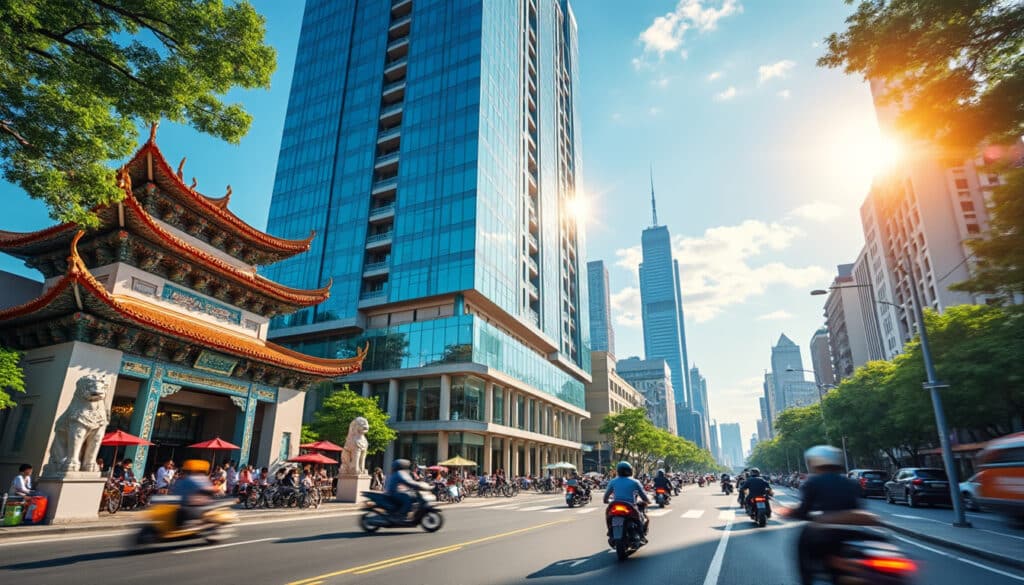
Legal Information and Rules in Ho Chi Minh
As Ho Chi Minh City continues to thrive, becoming a bustling metropolis in Vietnam, understanding its legal landscape is essential for both locals and newcomers. From the nuances of national sovereignty under Ho Chi Minh’s ideology to the intricacies of…

Calling and communication rules in Ho Chi Minh
The vibrant city of Ho Chi Minh, with its bustling streets and rich cultural heritage, offers a distinctive landscape for communication, both verbal and non-verbal. As Vietnam’s economic hub, this city blends traditional customs with modern business practices, requiring both…
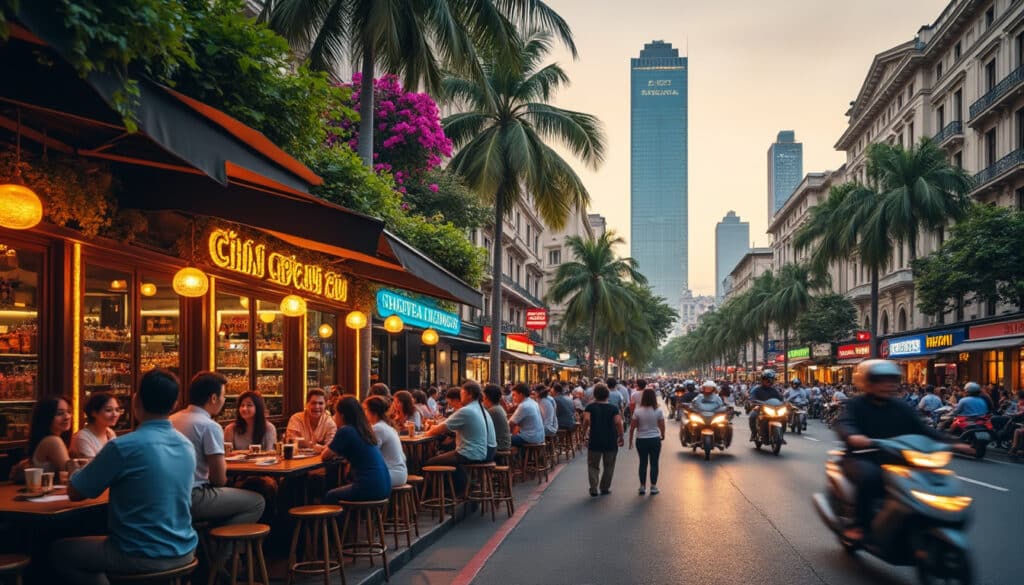
Criminal status and entry to Ho Chi Minh
Navigating the labyrinth of entry requirements to Ho Chi Minh City can often seem daunting, especially when criminal records and legal checks are involved. This comprehensive guide sheds light on how a criminal status might affect entry into Vietnam’s bustling…
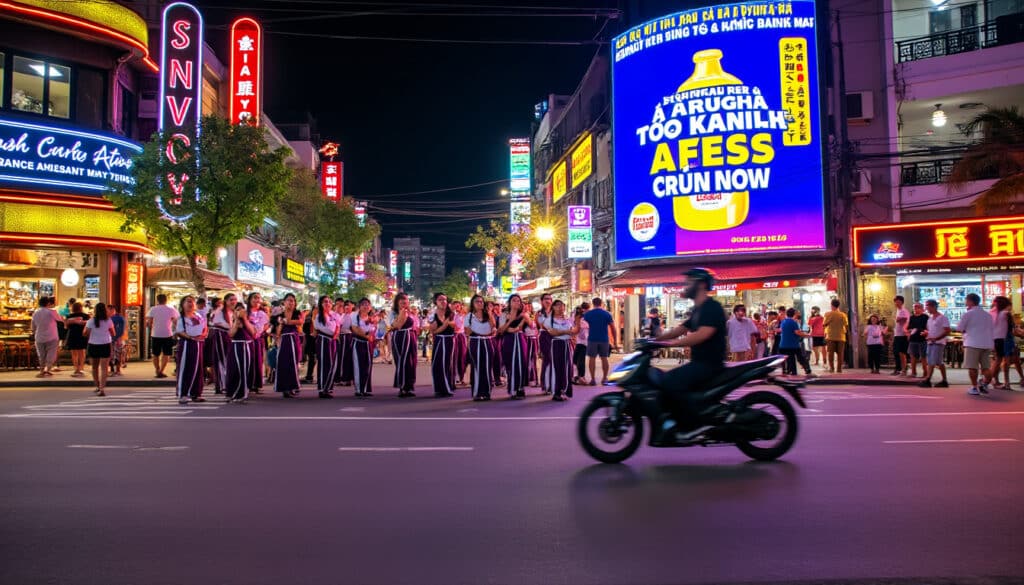
Drinking and age restrictions in Ho Chi Minh
When traversing the vibrant streets of Ho Chi Minh City, often dubbed the “Pearl of the Far East,” one of the striking features that capture the essence of its culture is the city’s dynamic nightlife. Yet, beneath the colorful lights…

Holiday openings in Ho Chi Minh
As Ho Chi Minh City, affectionately known as Saigon, continues to grow as a bustling urban center, its array of holiday attractions and events expand alongside it. Whether you are a resident planning to make the most of your days…
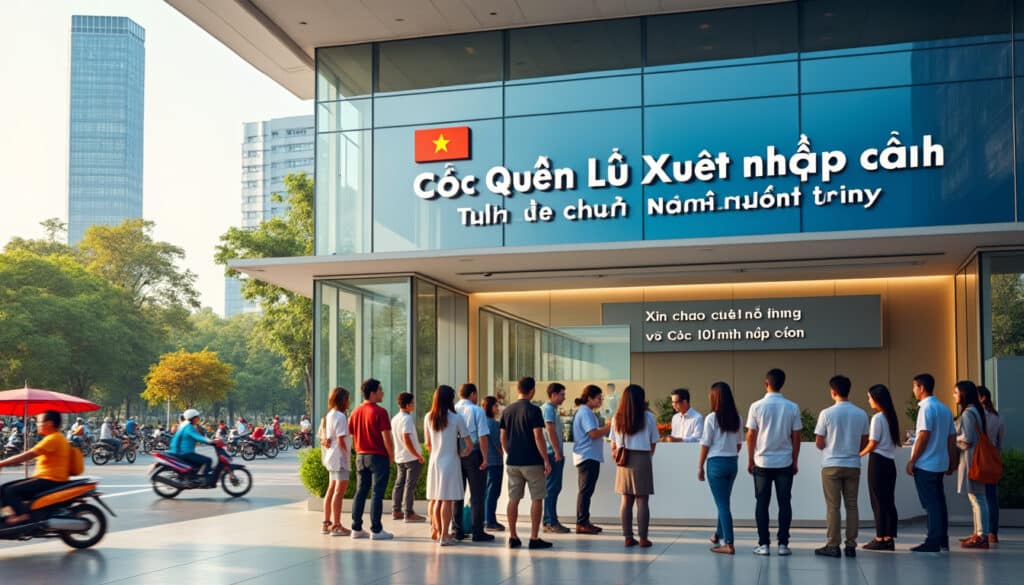
How to move to Ho Chi Minh legally
Considering a move to the bustling and vibrant Ho Chi Minh City, Vietnam’s economic heart, is an exciting prospect for many. With its rich cultural tapestry, dynamic street life, and blend of the traditional and modern, it’s easy to see…
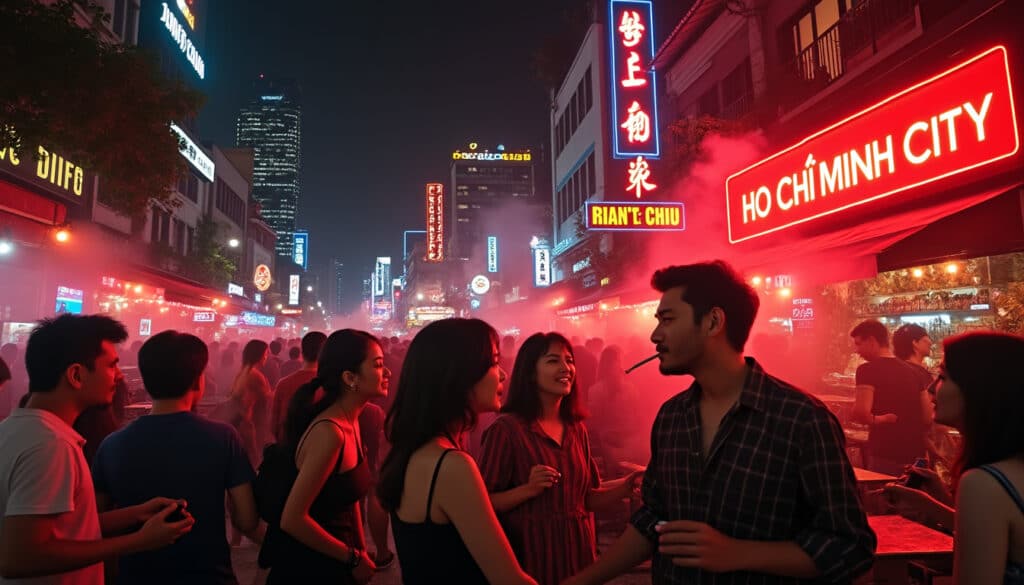
Smoking, drugs, and red light laws in Ho Chi Minh
Ho Chi Minh City, formerly known as Saigon, offers a vibrant tapestry of cultural experiences and a bustling nightlife that attracts millions worldwide. Amidst the allure of its street food and historical landmarks, questions often arise about the legal landscape…

